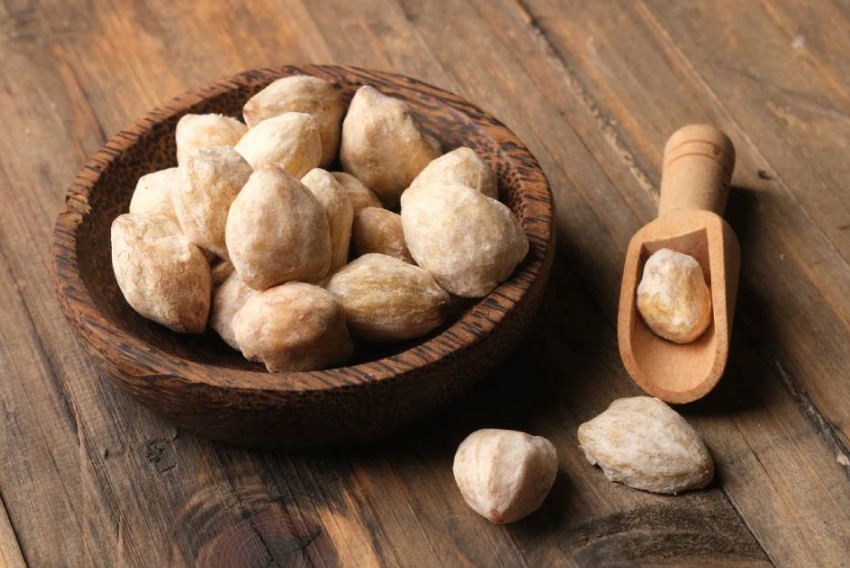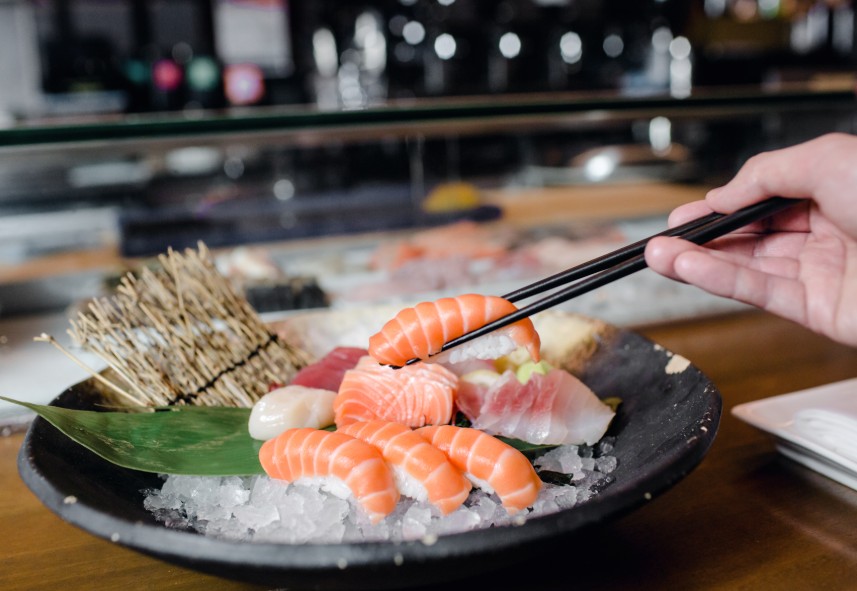
Indonesia, known for its lush rainforests and rich biodiversity, is home to countless natural treasures — and one of its most fascinating is the candlenut indonesia (known locally as kemiri). Often overlooked outside Southeast Asia, this humble nut carries deep historical, cultural, and economic significance in Indonesia. From ancient cooking traditions to modern-day exports, the story of candlenut reflects the nation’s connection to nature, tradition, and sustainability.
What Is Candlenut?
The candlenut (Aleurites moluccanus) is a tropical tree native to Southeast Asia and the Pacific Islands. It produces a nut encased in a hard shell, rich in oil that has been used for centuries for lighting, cooking, medicine, and beauty rituals. In Indonesia, it’s more than just an ingredient — it’s a cultural symbol tied to everyday life and traditional heritage.
Historical Roots of Candlenut in Indonesia
Centuries ago, before electricity and modern lamps, Indonesian villagers used candlenuts as a natural source of light. The oil-rich kernel was burned like a candle — hence the English name candlenut. Over time, it evolved from a simple light source into a valuable culinary and medicinal resource.
Candlenut trees thrived in fertile volcanic soils across the archipelago — from Sumatra to Sulawesi. Its abundance made it an essential trade item, exchanged in local markets and later exported across Asia. Historical records suggest that Indonesian kingdoms even used candlenut oil in royal beauty treatments and traditional healing practices.
Candlenut in Indonesian Cuisine
In the heart of Indonesian kitchens, candlenut is a must-have ingredient. It’s the secret behind the rich, creamy texture of many traditional dishes. When roasted and ground, candlenut releases a mild, nutty flavor that enhances spice pastes and curries.
Popular Dishes Using Candlenut
- Sambal Kemiri – A spicy chili paste infused with roasted candlenut for extra depth.
- Rendang – The world-famous beef dish often includes candlenut to thicken the sauce.
- Sayur Lodeh – A coconut milk vegetable stew where candlenut gives the broth its smooth consistency.
- Pecel and Satay sauces – Candlenut adds creaminess and balance to peanut-based sauces.
Chefs across Indonesia say candlenut is to their cuisine what butter is to French cooking — an indispensable base ingredient that ties everything together.
Cultural Significance and Symbolism
In many Indonesian communities, the candlenut tree symbolizes light, wisdom, and resilience. Traditionally, villagers used candlenut oil in ceremonies to light lamps symbolizing enlightenment and hope. It’s also featured in ancient Javanese and Balinese rituals, where candlenut paste is applied as a symbol of purification and strength.
Beyond symbolism, the tree itself plays an important environmental role — its roots help prevent soil erosion, making it valuable for sustainable farming and land restoration.
Health and Nutritional Benefits of Candlenut
Candlenut isn’t just culturally significant — it’s nutritionally rich too. It contains healthy fatty acids, protein, and essential minerals such as magnesium and phosphorus. Here are a few of its well-known health benefits:
- Supports heart health thanks to unsaturated fatty acids.
- Promotes hair growth — candlenut oil is a traditional remedy for thick, shiny hair.
- Soothes skin conditions due to its moisturizing and anti-inflammatory properties.
- Aids digestion when used in small amounts in cooking.
However, it’s important to note that raw candlenut is toxic and must always be roasted or cooked before use.
Candlenut in Beauty and Wellness
For generations, Indonesian women have used candlenut oil (minyak kemiri) as a natural cosmetic. Rich in omega-3 and omega-9 fatty acids, it nourishes the scalp, strengthens hair follicles, and enhances shine. Today, candlenut-based hair oils, shampoos, and skincare products are part of Indonesia’s thriving beauty export industry.
Brands across Asia and beyond are embracing candlenut oil as a key ingredient in natural beauty formulations, celebrating its traditional roots and modern appeal.
Economic Importance: Indonesia as a Global Candlenut Supplier
Indonesia stands as one of the largest producers and exporters of candlenut in the world. Regions like Java, Sulawesi, and Kalimantan are major growing centers, where local farmers cultivate the tree both for domestic use and international trade.
The export market has grown significantly due to rising demand from:
- The culinary industry seeking authentic Southeast Asian flavors.
- The cosmetics sector using candlenut oil in hair and skin products.
- The health and wellness industry exploring natural plant-based ingredients.
This economic growth supports rural livelihoods and promotes sustainable agroforestry, balancing traditional practices with modern market needs.
How to Choose the Right Organic Candlenut Supplier
In today’s era of eco-conscious business and sustainable sourcing, choosing the right organic candlenut supplier is more important than ever. Whether you’re a cosmetics brand, health product manufacturer, or gourmet food retailer, the quality and authenticity of your candlenut supply can make or break your product’s success.
Candlenut, or Aleurites moluccanus, has become a sought-after natural ingredient worldwide. Known for its rich oil content and nourishing properties, it’s widely used in hair oils, skincare, natural medicines, and culinary products. However, not all suppliers maintain the same standards of quality, sustainability, or certification.
In this guide, you’ll learn exactly how to evaluate and choose a trusted organic candlenut supplier, ensuring your business partners align with your ethical and quality goals.
Understanding the Value of Organic Candlenuts
Before diving into supplier selection, it’s important to understand why organic candlenuts stand out from conventionally produced ones. Organic candlenuts are cultivated without synthetic pesticides, fertilizers, or harmful chemicals. This not only ensures a cleaner, purer product but also promotes environmental health and sustainable farming practices.
Organic farming also supports biodiversity and helps protect Indonesia’s fertile ecosystems, where most of the world’s candlenut production takes place. Choosing an organic supplier isn’t just about premium quality—it’s a commitment to ethical sourcing and long-term ecological balance.
Why Sourcing from Indonesia Matters
Indonesia is globally recognized as the leading producer and exporter of candlenuts. The country’s tropical climate, volcanic soil, and traditional farming methods create ideal conditions for cultivating high-quality nuts. Many Indonesian farmers practice agroforestry, integrating candlenut trees with other crops to maintain soil fertility and ecosystem balance.
By sourcing directly from Indonesian organic candlenut suppliers, businesses gain access to:
- Freshly harvested, high-oil-yield candlenuts.
- Certified organic products meeting international export standards.
- Suppliers with generations of expertise in sustainable farming.
Indonesia’s commitment to eco-friendly cultivation and community-based production makes it a reliable hub for organic candlenut supply chains.
Sustainability and Environmental Role
Candlenut trees grow easily without the need for chemical fertilizers, making them an eco-friendly crop. Their deep roots stabilize the soil, prevent erosion, and improve land quality. Many Indonesian farmers now integrate candlenut trees into sustainable farming systems, combining economic value with environmental preservation.
These practices align with global efforts to promote green agriculture and biodiversity conservation, ensuring that the candlenut industry remains both profitable and planet-friendly.
How to Use Candlenut at Home
If you want to explore Indonesian flavors, candlenut is a wonderful starting point. Here’s how you can use it safely and deliciously:
- Roast or toast the nuts until lightly golden to remove toxins.
- Grind them into a paste or powder to use in sauces and spice blends.
- Mix with garlic, chili, and turmeric for a classic Indonesian base seasoning.
- Store properly in an airtight jar to preserve flavor and aroma.
A small amount goes a long way — start with one or two nuts per recipe.
Where to Buy Candlenut
You can find candlenut in Asian grocery stores, Indonesian markets, or online from reputable suppliers. For the best quality, look for candlenuts that are pale beige, firm, and free from cracks or mold. Many Indonesian exporters also offer organic and sustainably sourced candlenuts for international customers.
Conclusion: A Nut That Lights Up Tradition and Innovation
From the flickering lamps of ancient villages to the kitchens and beauty shelves of the modern world, candlenut has been a constant light in Indonesia’s heritage. Its journey reflects the nation’s deep respect for nature, culture, and sustainability.
Whether you’re exploring Indonesian cuisine, natural wellness, or eco-conscious trade, the story of candlenut is a reminder that even the smallest seeds can hold centuries of wisdom and endless potential.
FAQs About Candlenut in Indonesia
- Is candlenut the same as macadamia?
No. While they look similar, candlenuts are not edible raw and are used primarily for cooking and oil extraction, unlike macadamias. - Can I use candlenut oil on my skin?
Yes, but make sure it’s a cosmetic-grade oil. It’s often used for moisturizing and soothing dry or irritated skin. - What does candlenut taste like?
When roasted, it has a mild, nutty flavor similar to almonds or macadamia, but less sweet. - Is candlenut safe to eat raw?
No, raw candlenut contains toxins. It must always be roasted or cooked thoroughly before consumption. - Why is candlenut important to Indonesia?
Candlenut represents Indonesia’s agricultural strength, traditional wisdom, and connection to sustainable living — a true reflection of the nation’s rich natural heritage.
WhatsApp (+62)812 1233 3590 (Ms.Maria)
Email [email protected]








